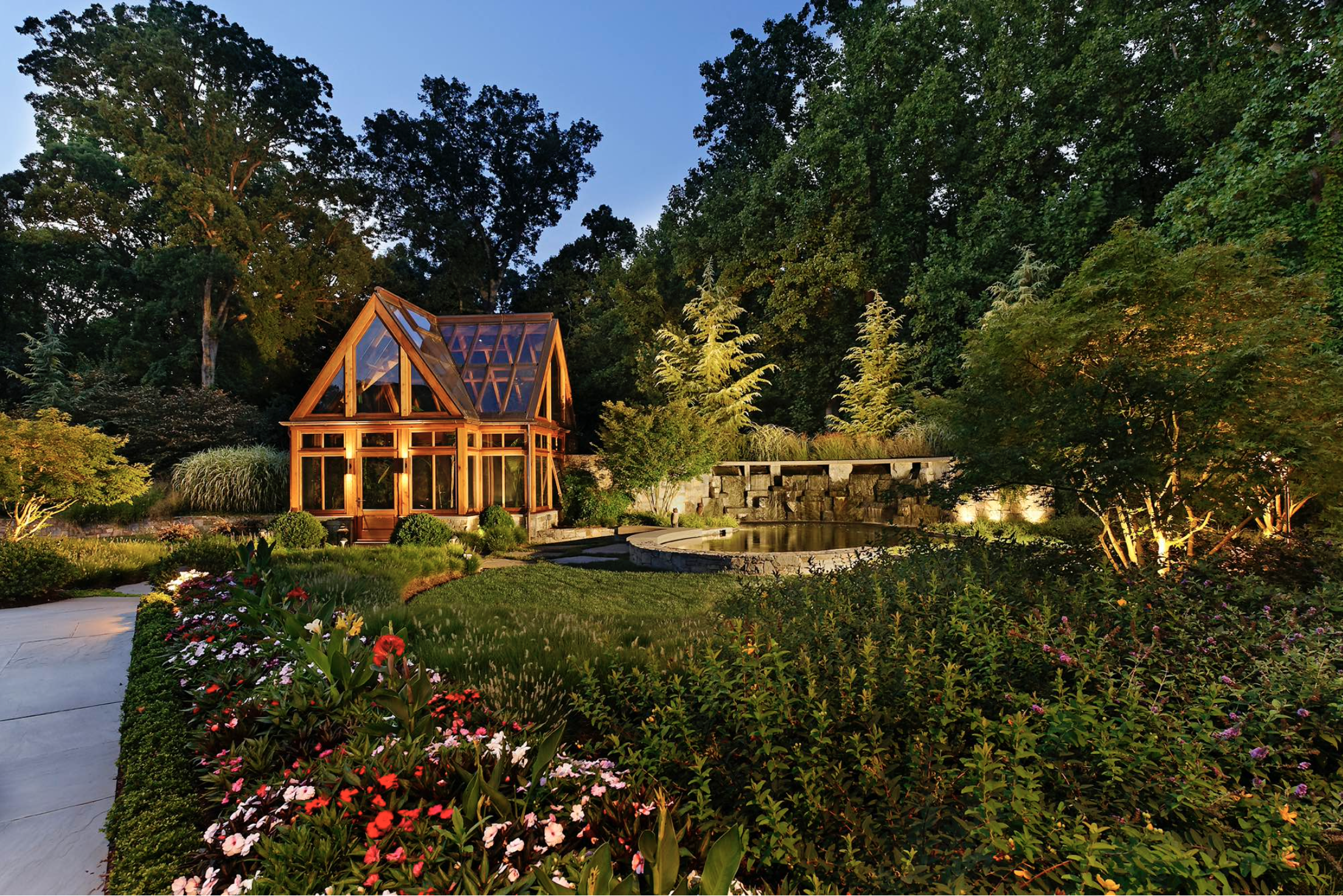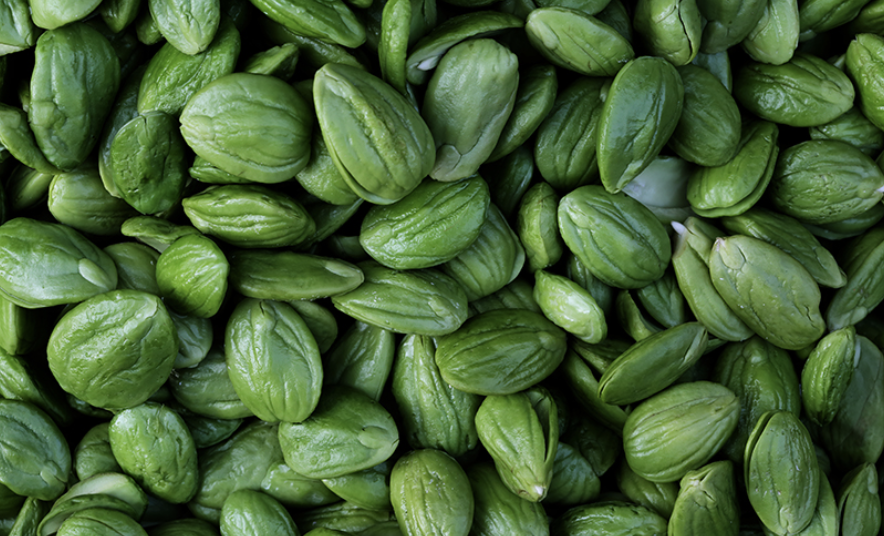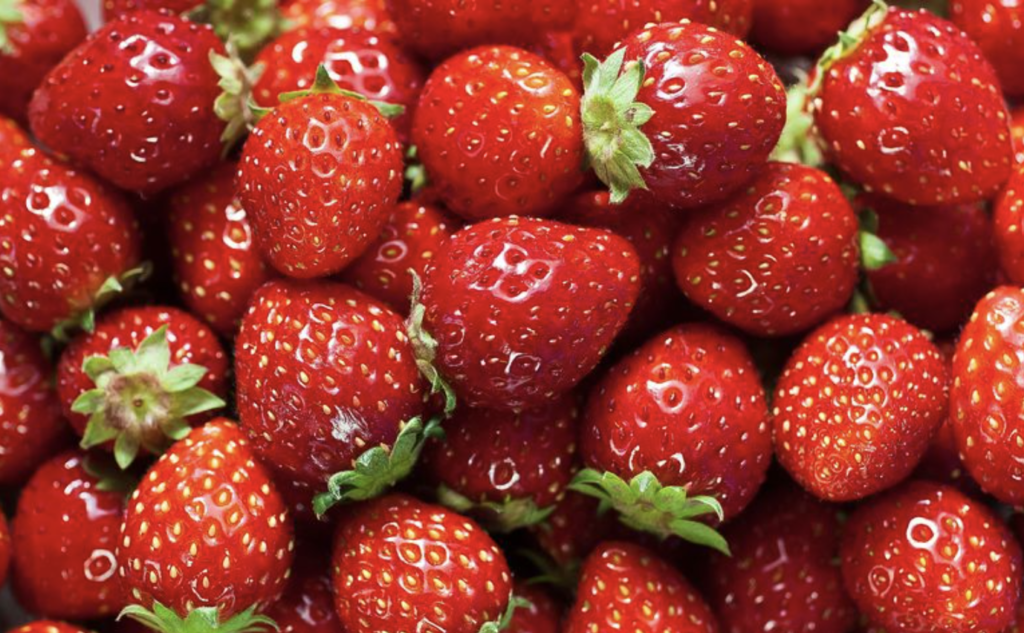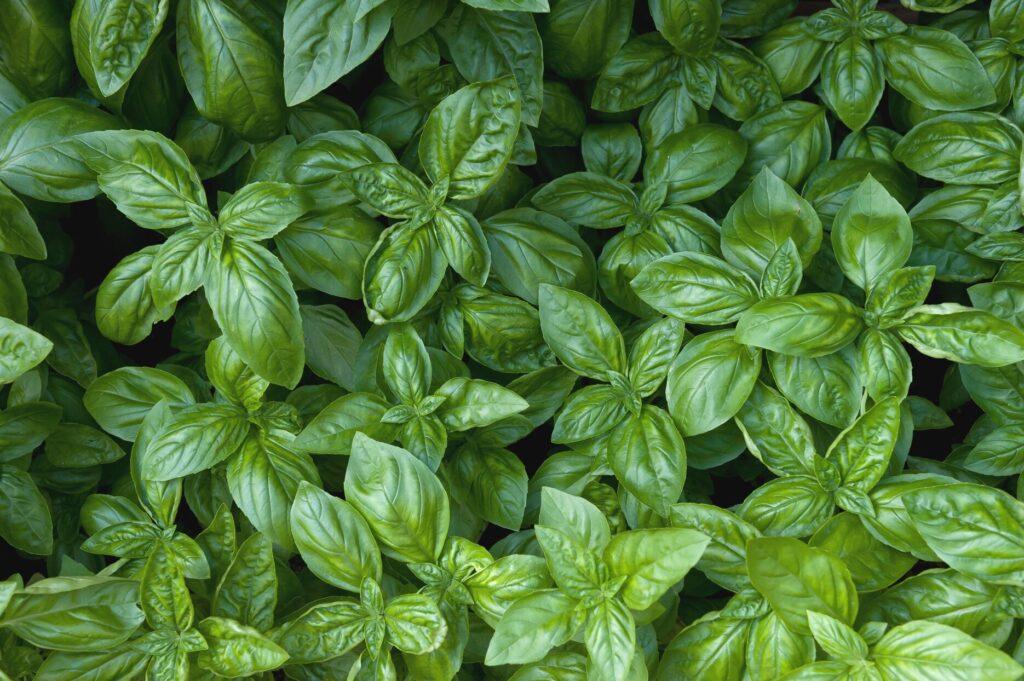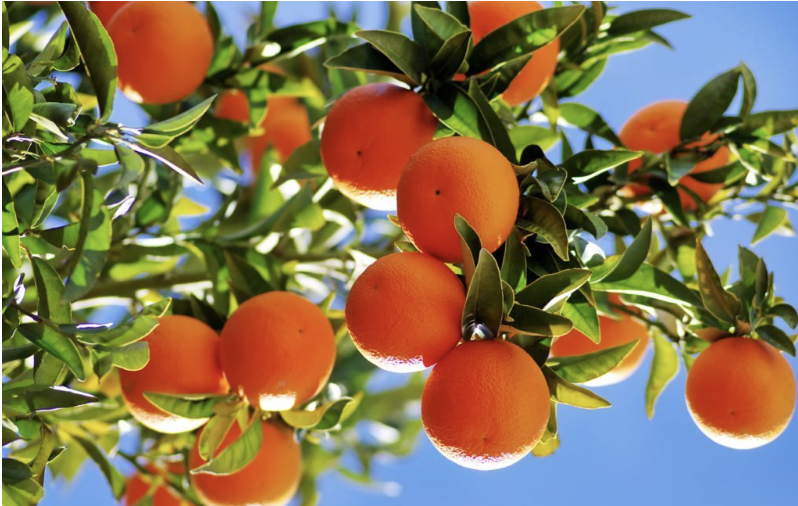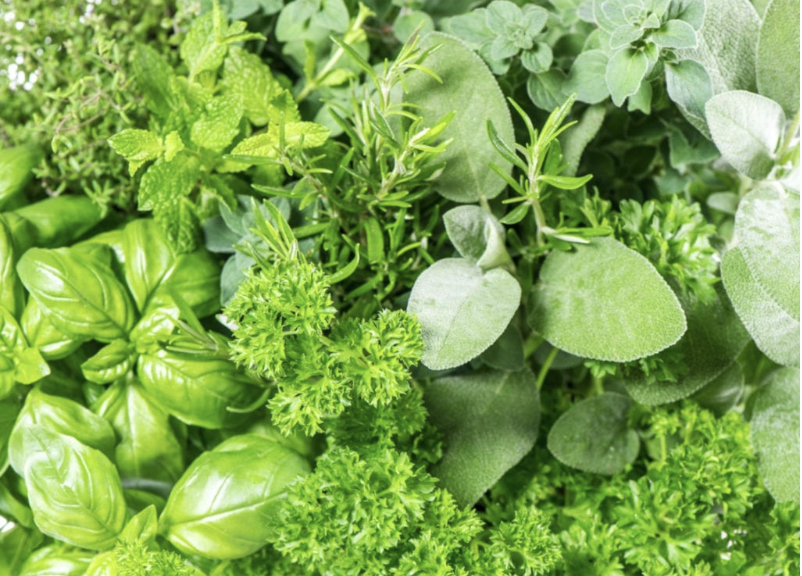Of the many purposes to which growing greenhouses and garden rooms are used, perhaps for growing edibles is the most satisfying, and certainly the most sensible—just ask many Englishmen, who tend their greenhouse-grown tomatoes with pride and loving care, whether the greenhouse is attached to a small cottage or a stately home.
Regardless of which delectables you choose to grow in your greenhouse, a few basic considerations must be applied. These involve light, air circulation, temperature, and humidity. Proper control of these (and of course water and phosphorus-rich fertilizer) will ensure a healthy crop with no need for pesticides.
Growing Greenhouses Need Sun, Sun, Sun!
The majority of plants grown for food need full sun. This means that if you’re growing off-season, you’ll have several months out of the year that you’ll need to mimic the sun—best done through strong artificial light with the fullest spectrum possible. There are multiple options out there these days for lighting type and you can learn all about ‘footcandle’ (unit of light measurement) requirements for each type of plant.
Air circulation is critical in most conditions, but especially for plants with tasty parts that insects find so appealing, and not to mention helping control fungal and bacterial infection. Keeping the breeze consistent, yet moving, makes aphids, mealy bugs, and spider mites uncomfortable. Both ventilation and fans are needed. A little note here about potential greenhouse design ideas to promote growth: for any vines, like indeterminate (continuous growth) tomatoes, legumes (beans, peas), and cucurbits (cucumbers, squash, melons), be sure to create a trellis (can even hang from the ceiling) or growing frame of some kind, which will keep them tidy, maximize space, as well as make for easy ventilation.
Temperature Control in Growing Greenhouses
Though some herbs can be grown relatively well in temperatures below 70°, the vast majority of greenhouse-grown edibles are subtropical or tropical and require higher temperatures once fruit has set. Beans, peppers, and tomatoes need temps consistently at least around 70° to initially set flower and pollinate (which you may assist with an artist’s paintbrush). Cucumbers and other cucurbits like temperatures at least five degrees warmer to set flower, so you can easily up your heating to between 75° and 80° to keep everyone happy. Your tropical plants will love it, and any citrus will surely thank you by producing more happily. If you choose to sow seed, remember that even warmer temps, 80° or more, are necessary for germination. Heat mats under your seed trays take care of that handily. Plants like bananas, papaya, or guava will expect you to provide a toasty environment year-round in order to offer you there fruits.
Proper humidity is essential to the comfort of most plants. Some will prefer less and some will prefer more, but you’ll likely want a minimum of 60%. There are multiple ways to provide it more locally too. If you’re a homebody who loves to potter in your greenhouse, a nice morning watering, followed by a midafternoon misting will do wonders (just be sure not to give your plants a sunburn—as water on leaves can act as a magnifier in full sun). High-tech misters, or even a lovely bubbling water feature, will add ambient moisture. Again, insects don’t care for happy, relatively moist leaves. Proper, consistent water, whether in soil or air, is the single greatest control to keeping your plants happy. In fact, if you should get any of the aforementioned creatures, as you probably might from time to time, simply spraying them away with water is just as effective, and less toxic, than using pesticides.
I have mentioned some of the best options, but this is really just a start. Herbs, citrus, beans, bananas, cucumbers, mini pumpkins, guava, papaya, cinnamon, and even strawberries for the winter months are just a few of the lovely possibilities which have cultivars made specifically for growing greenhouses.
So, happy growing and eating!
By Dea Schofield, Expert Horticulturist

